Explore our local impact
Learn how JPMorganChase is committed to deepening our impact in some of the 100+ global markets we serve.
-
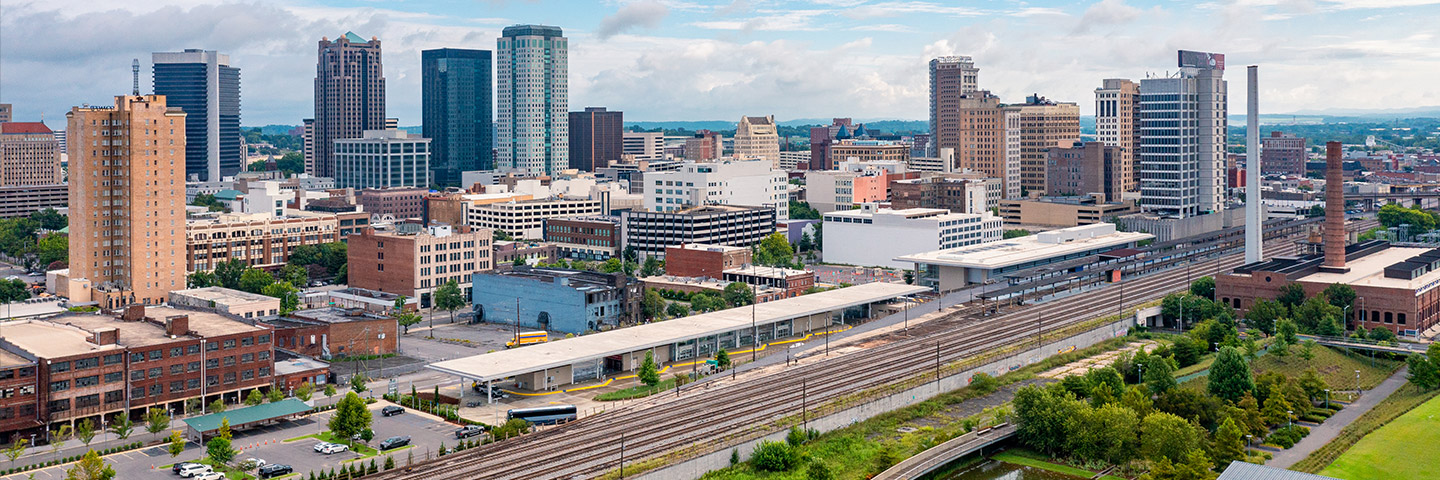
Alabama
Learn more -

Baltimore
Learn more -

Bay Area
Learn more -
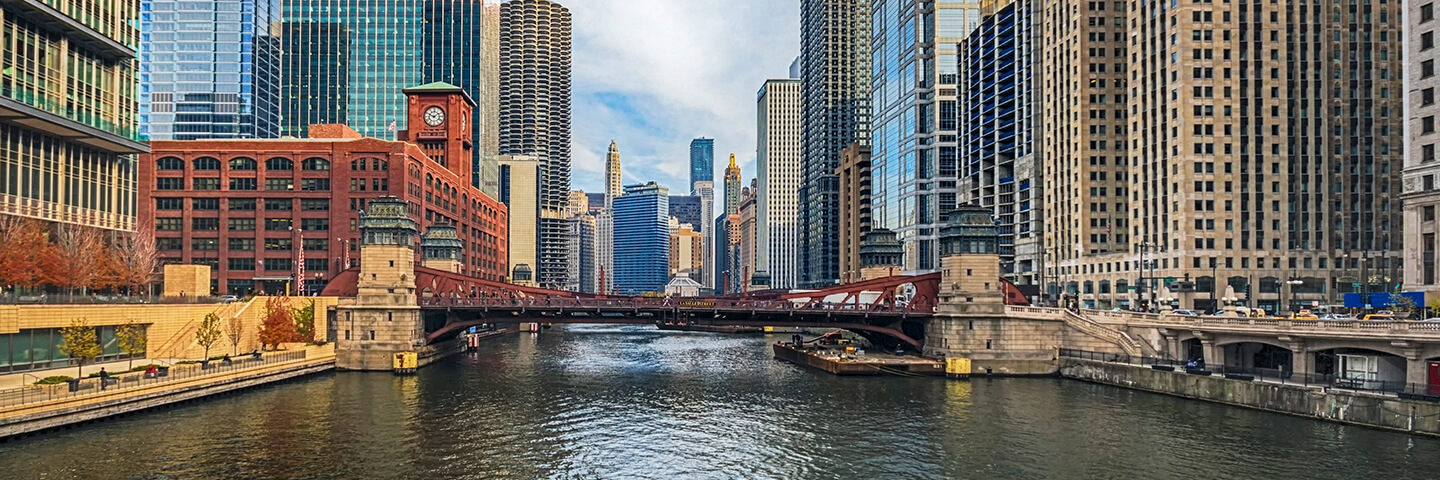
Chicago
Learn more -

Dallas
Learn more -
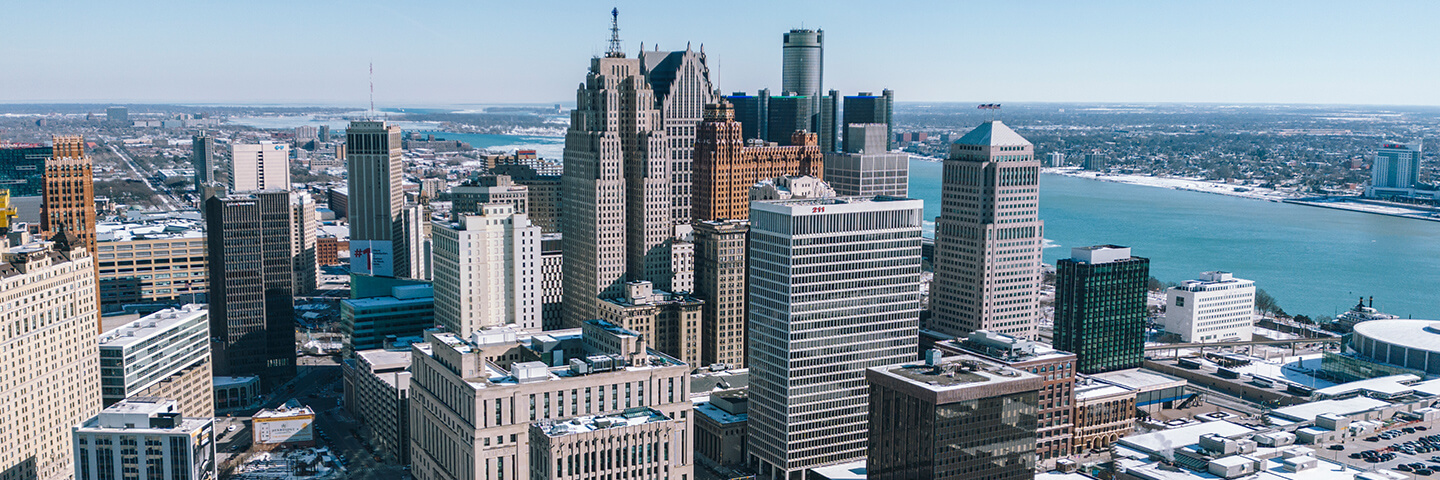
Detroit
Learn more -

France
Learn more -

India
Learn more -
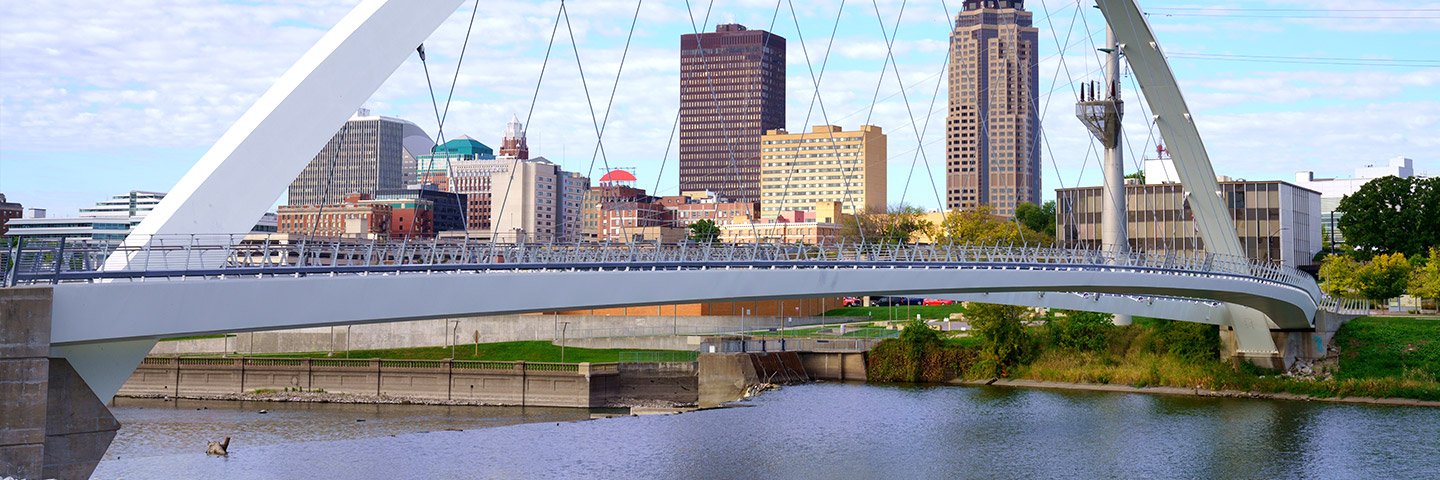
Iowa
Learn more -

Los Angeles
Learn more -
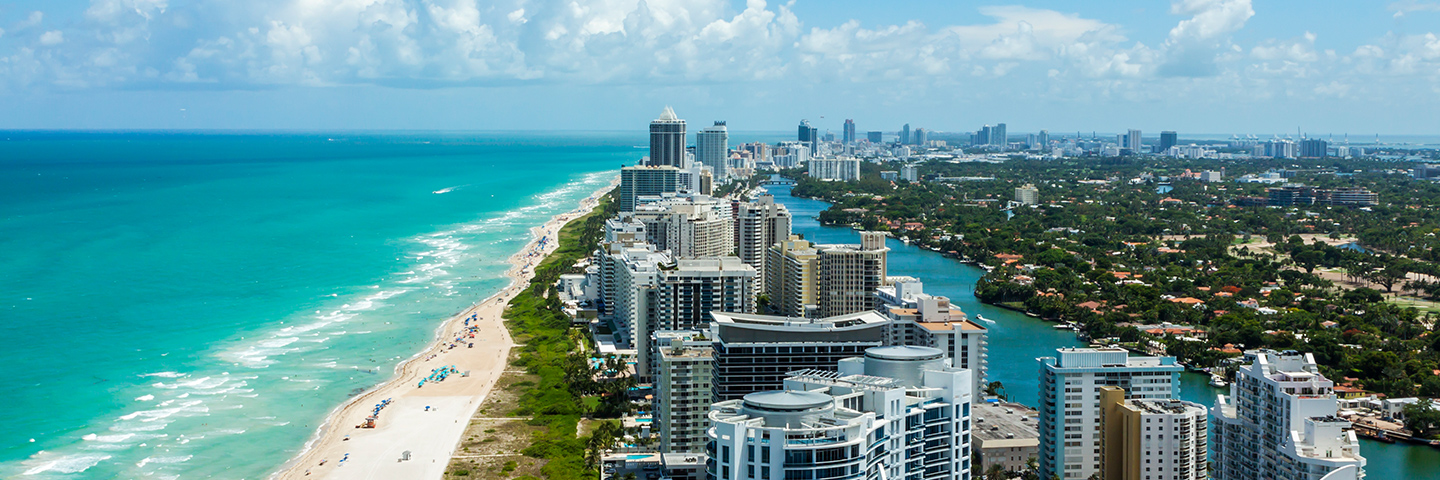
Miami
Learn more -

New York
Learn more -

Ohio
Learn more -
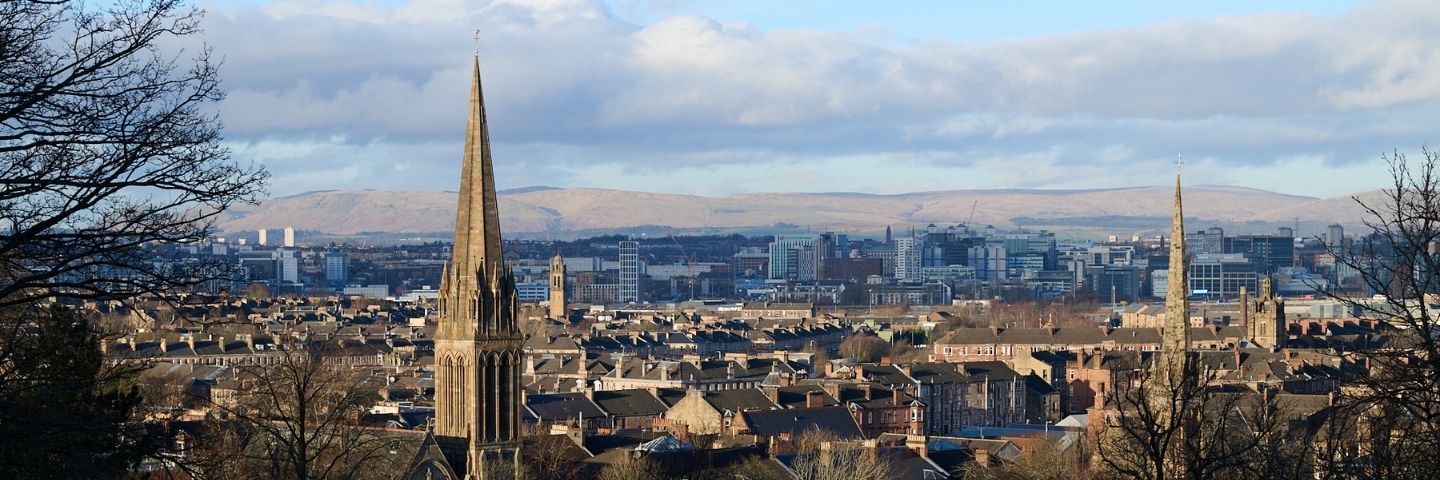
United Kingdom
Learn more -

Washington, D.C.
Learn more
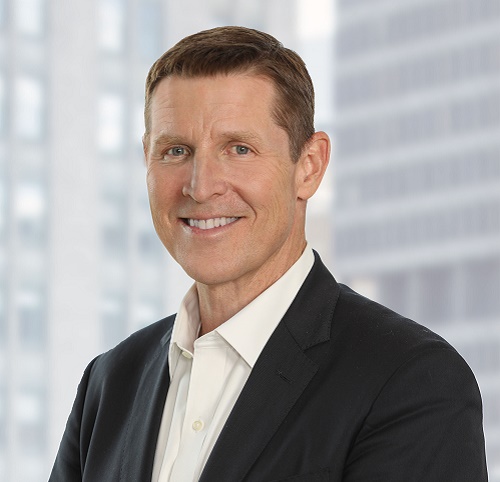
JPMorganChase is working to advance economic opportunities and the long-term health of communities across the world. We do this through our skilled global workforce, expertise, resources and collaboration with partners.
Volunteerism
Empowering and supporting our workforce to make a lasting impact in the communities where they live and work.





